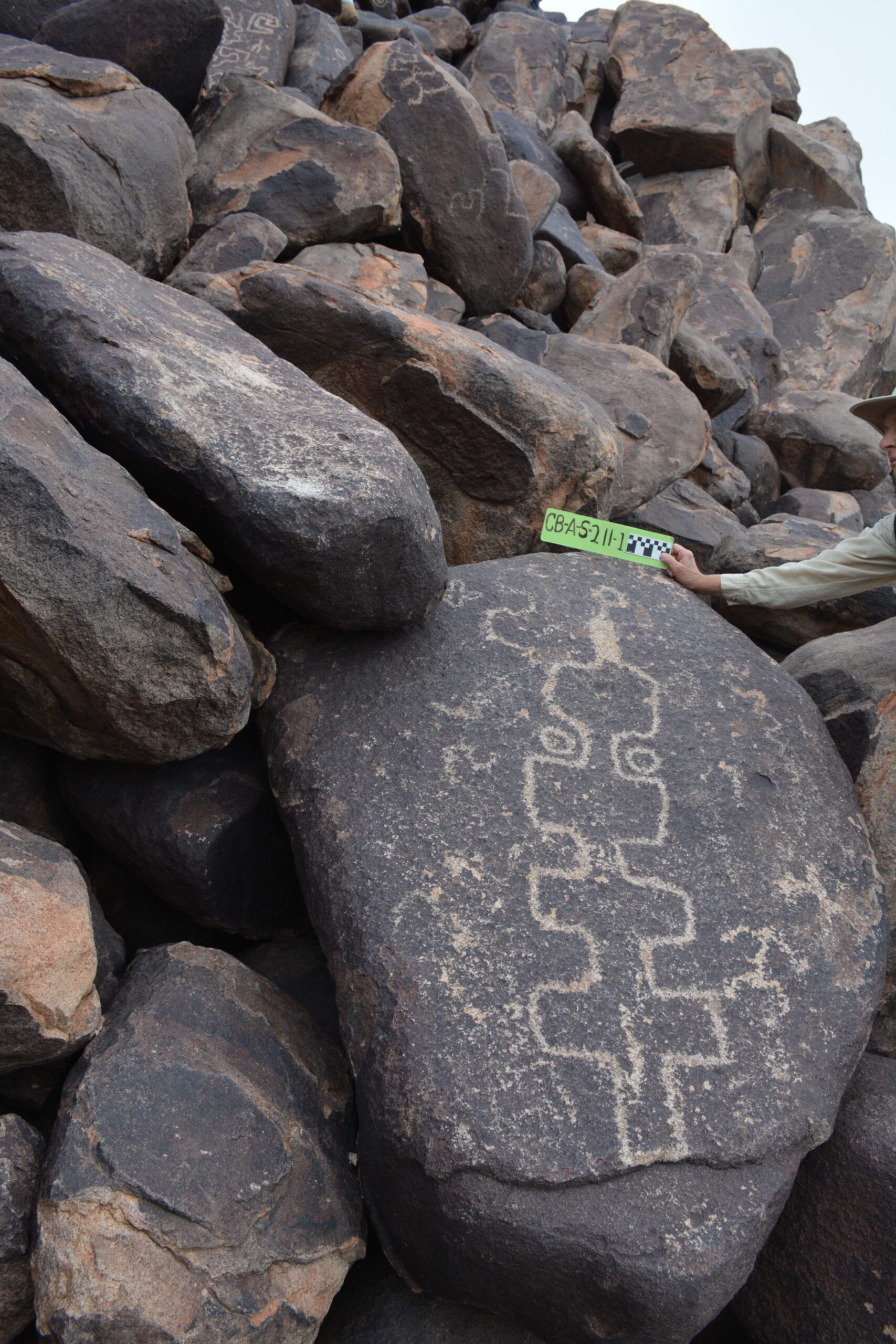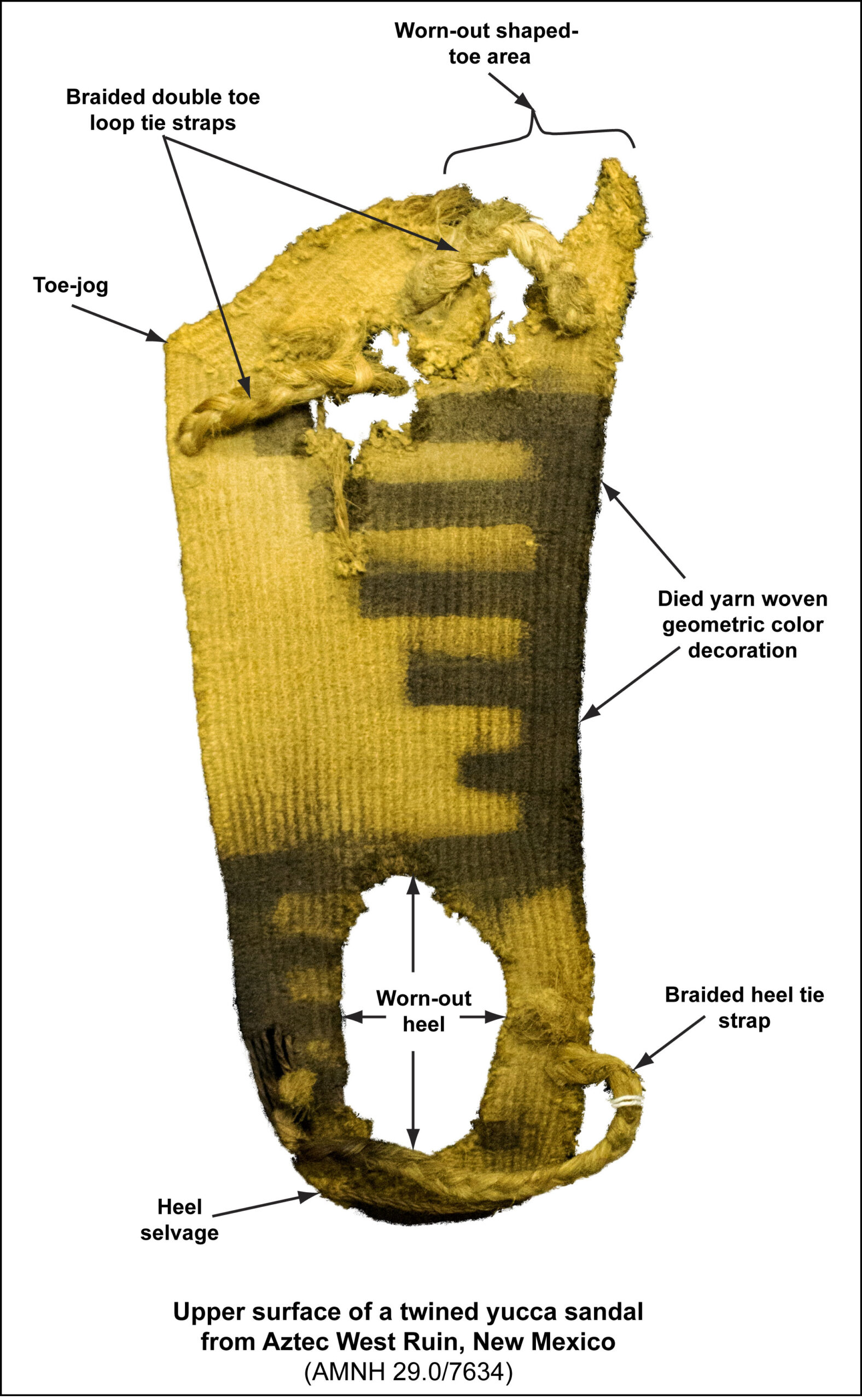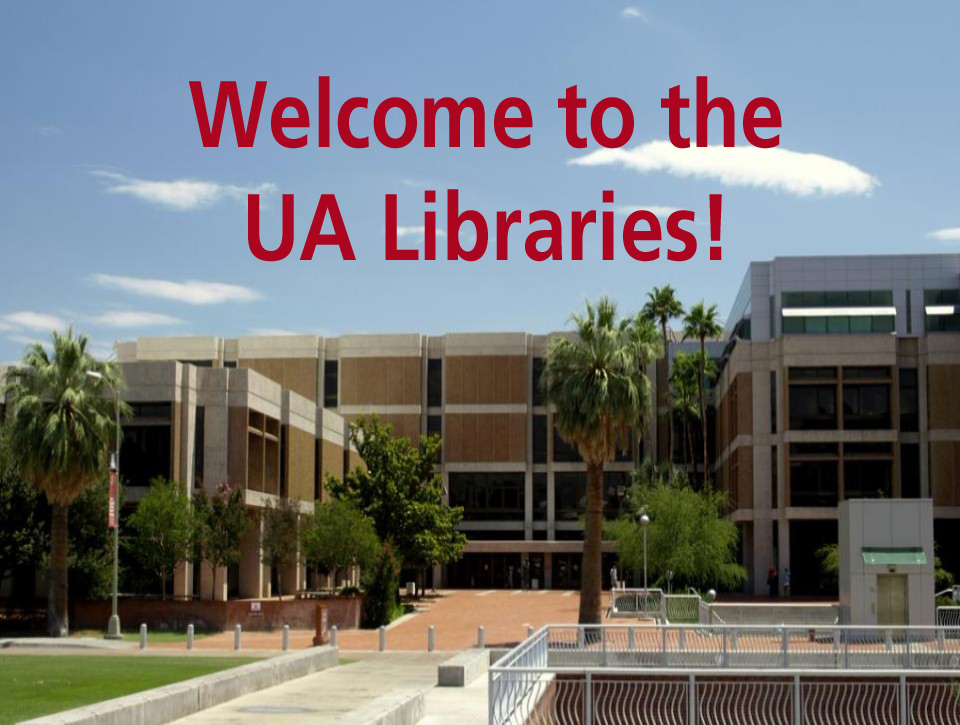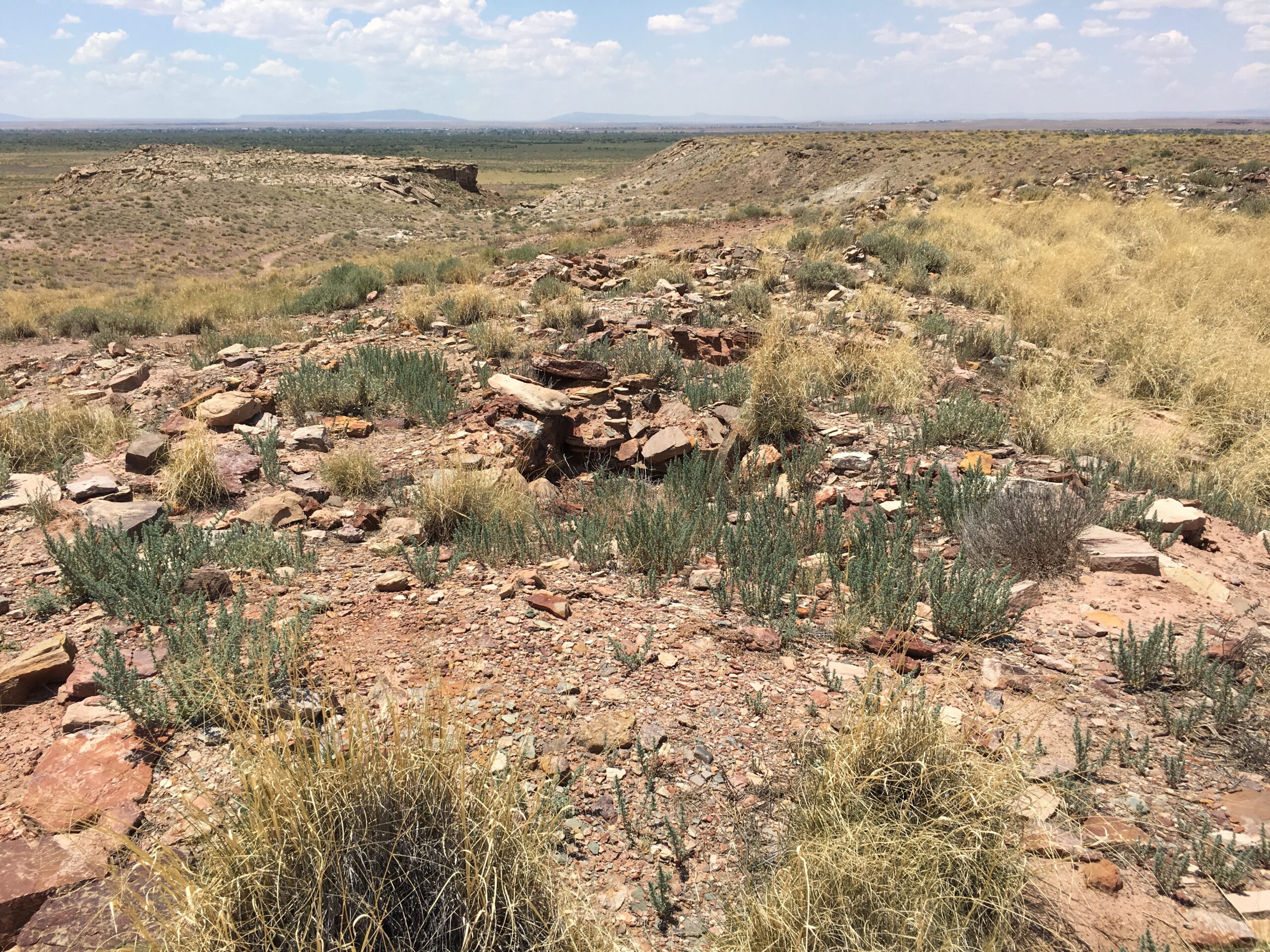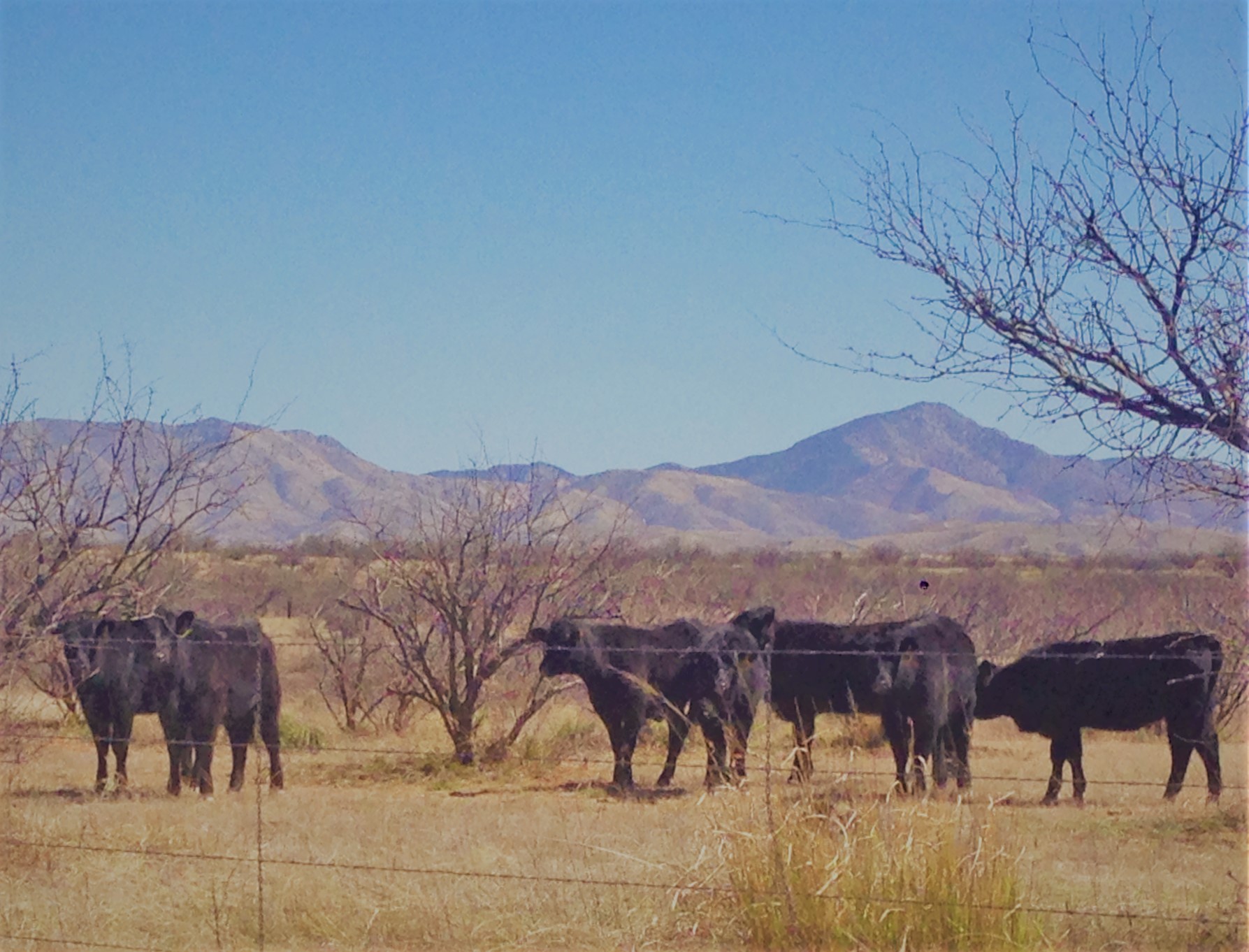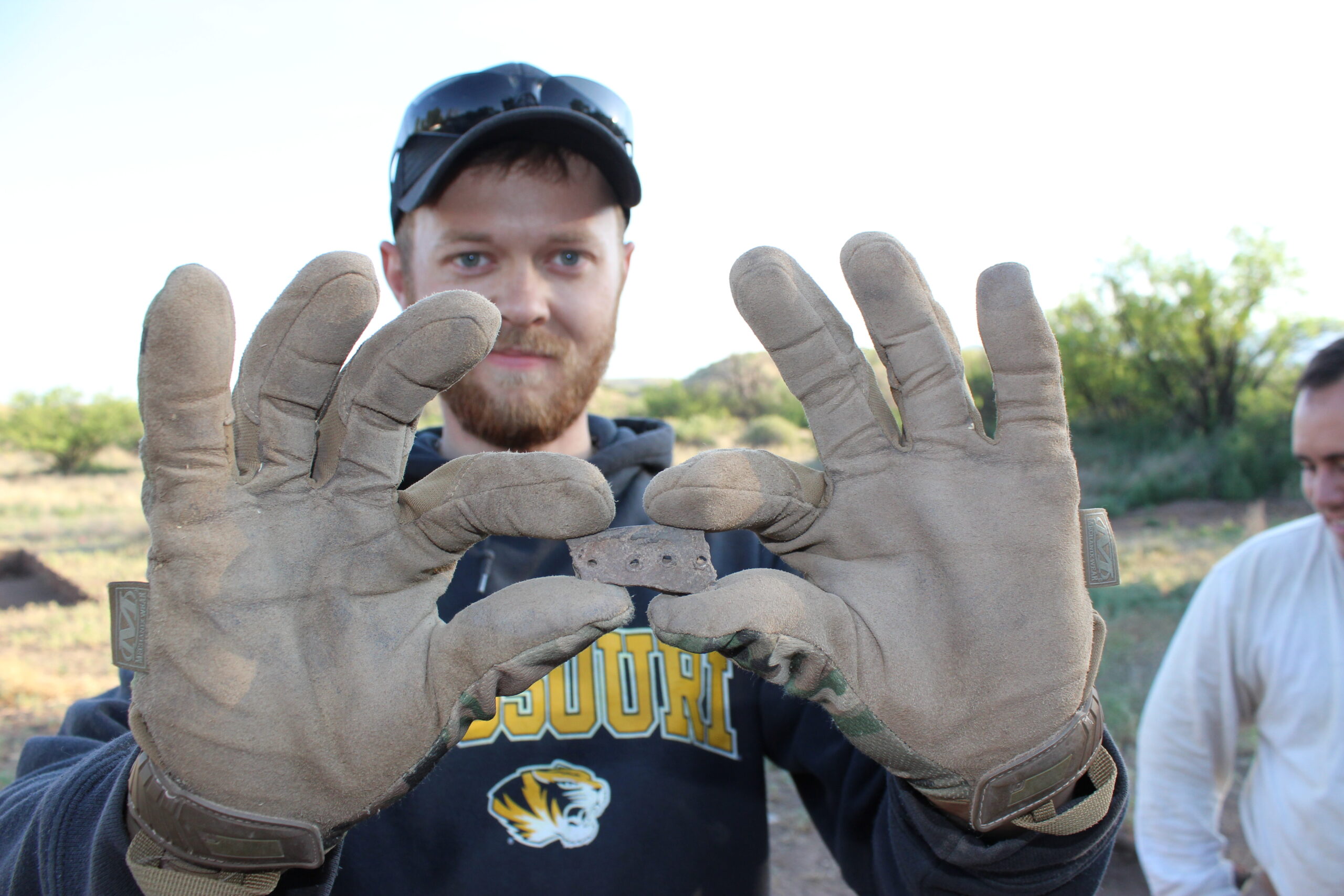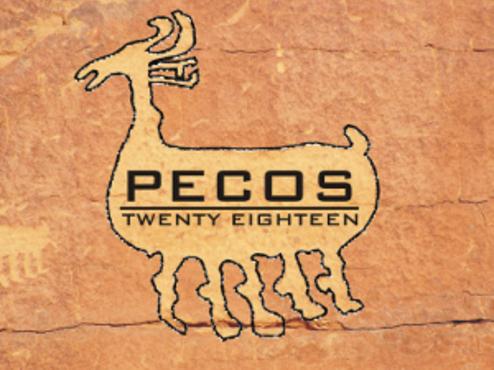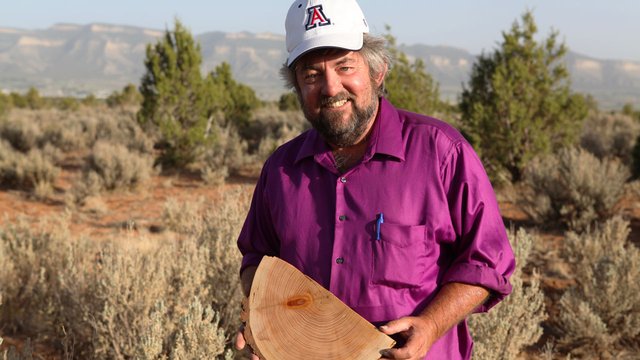Classic Period Village and Astronomical Site in the Eastern Tortolitas
WAITING LIST ONLY This trip requires an Arizona State Land permit. The application has been submitted and is pending approval. If you are interested in being on the list to be notified when the trips have been approved please contact the Trip Organizer listed. The aboriginal flora of the eastern Tortolitas consisted of a dense diversity […]

